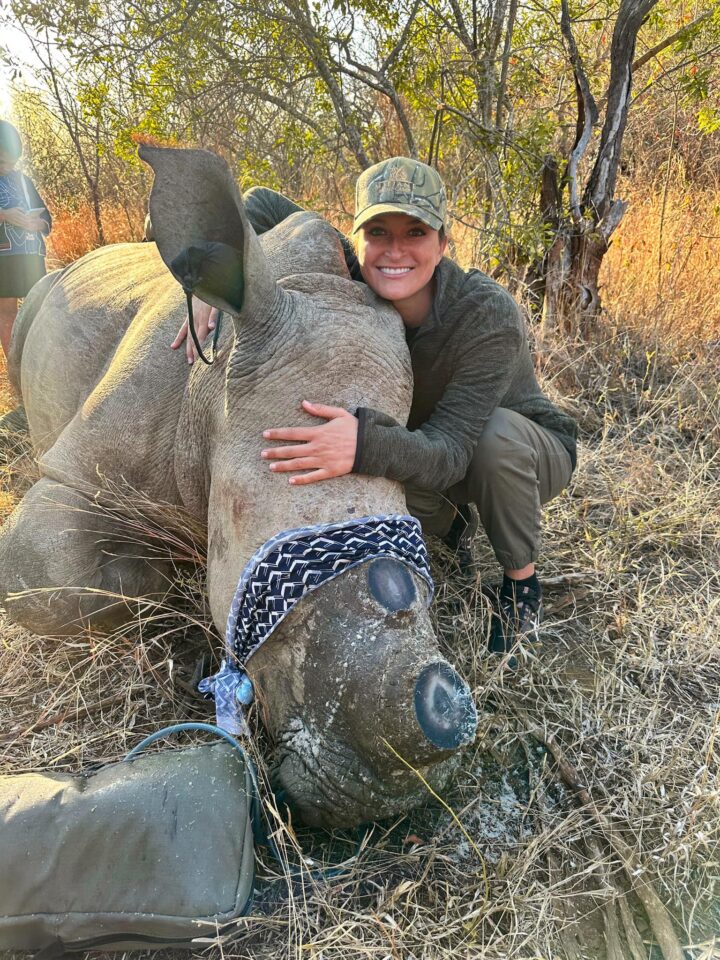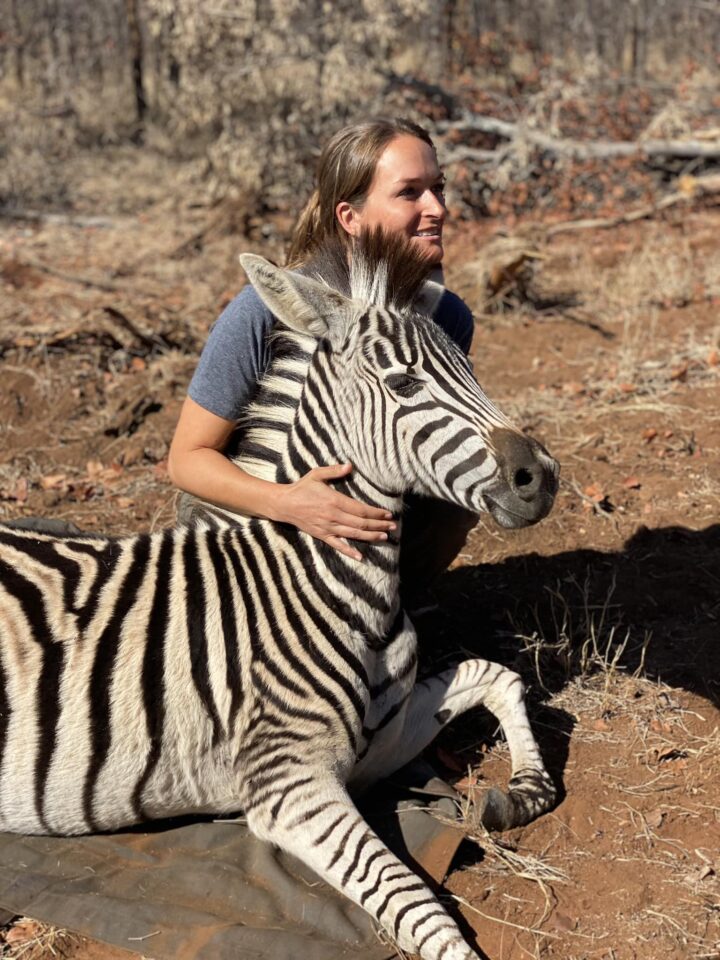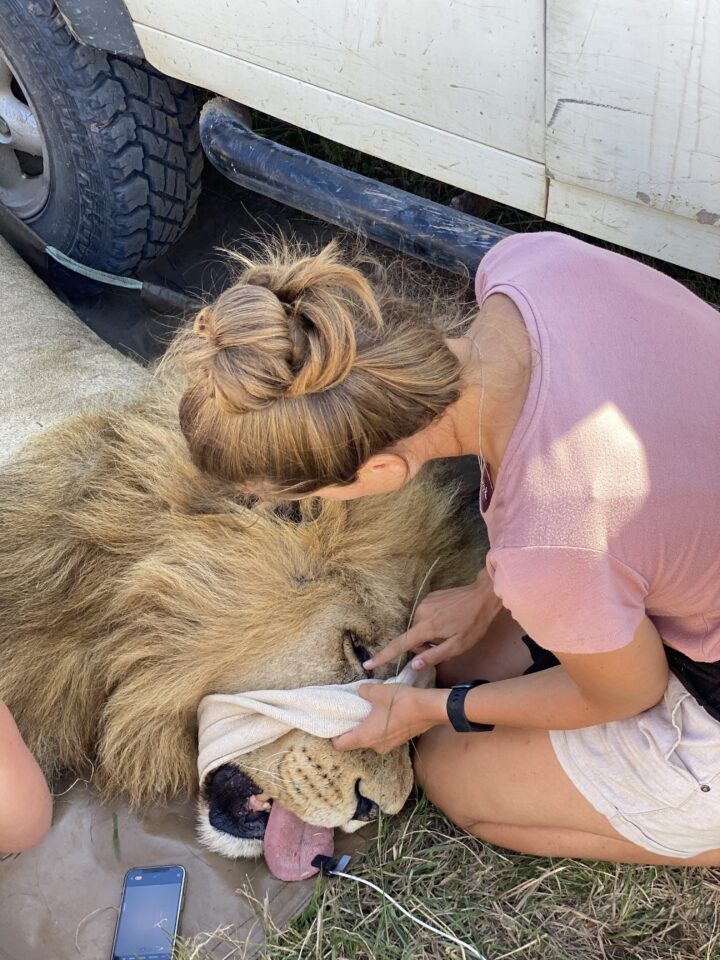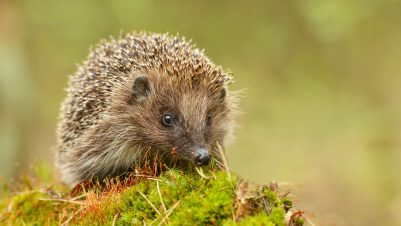
Wild Inside Adventures offers several life-changing experiences throughout South Africa, specialising in veterinary, wildlife, equine and animal-focused projects. In this interview with Veterinary Practice, Kim Houghton, a founder of Wild Inside Adventures, describes the fantastic experiences she has gained as part of their programmes, from taking part in a lion vasectomy to caring for baby monkeys and beyond.
What made you venture to South Africa?
I have visited South Africa a few times in the past, both on family holidays and also taking part in various volunteer projects. I have always had a deep love for South Africa; something about it makes me feel more like myself. I love the laid-back lifestyle, the stunning scenery, the wildness, the myriad different cultures and the wide-open spaces.
I have always had a deep love for South Africa; something about it makes me feel more like myself
I also love wildlife and being in the bush, so working with African wildlife was the ultimate dream, one that I never actually saw coming true.
A vet I was working with had got a short-term job working on a veterinary programme in the Eastern Cape of South Africa. He asked if they might need a nurse, and that’s how my adventure started! Safari4u Veterinary Programme invited me out to work for three months, and off I went. I thought I would be homesick after three months, but this never happened, and I ended up staying in South Africa for just over eight years.
The programme gave experience to students in all aspects of the veterinary field, including work with African wildlife, community work in local townships with dogs and livestock where access to veterinary care is unavailable, and work on commercial farms.
Part of my role also included teaching vet students, pre-vet students, vet nurses, student vet nurses and vet techs who attended the programme. I would supervise and teach them as much as possible about whatever veterinary work we were doing that day.
I spent the next eight years living in South Africa, eventually working at two different practices in the area: Wild Coast Vet and Nahoon Bird and Animal Clinic. I was living my dream and absolutely loving it.
How did you start Wild Inside Adventures?
I started to get a lot of interest in the programme I was working on from other nurses and vet students who saw my pictures online and wanted to attend the programme. This led me to set up as an agent, referring people to the programme and taking bookings.
I also made other contacts in South Africa, and started marketing for other veterinary and conservation programmes. This led me to set up Wild Inside Adventures, a travel agency specialising in veterinary and conservation programmes throughout Africa.
My main aim has been to make other people’s dreams come true and share my passion for South Africa and its wildlife with others.
I believe we all have a bit of wildness inside us, just waiting to be let out, and that’s where the name came from! There is no better feeling than racing through the bush to find a giraffe or getting up close to a rhino. There is something truly magical about being near and working with nature’s giants.

I also wanted to provide the best-quality programmes. While taking part in similar projects when I was younger, I quickly realised that they varied a lot in how educational they were, and also how ethical they were. I avoid any projects that have any connection to unethical practices, such as canned lion hunting, or anywhere animals are darted or operated on solely so that students have something to do.
All of the programmes I have partnered with have animal welfare in mind and are learning-based, with the focus on participants being able to put their existing skills to use and also go home with plenty of new skills, knowledge and experiences.
I love seeing my clients make life-long memories and receiving feedback to say that their experience was life-changing. It’s brilliant to be able to open other veterinary nurses’ eyes to other routes their career can take them on and spark up a passion inside them.
What can nurses expect to be doing on the veterinary programmes?
All of the programmes include some wildlife experience or solely wildlife experience depending on which you choose. This may include relocating animals to new reserves, treating injuries or illnesses, or testing for diseases, such as TB in buffalo.
Species that participants may work with include rhino, giraffe, zebra, buffalo, wildebeest, lion, cheetah and various antelope species such as kudu, impala, sable, nyala and blesbok.
Participants are involved in all aspects of wildlife work, including going out with the vet to dart the animal, learning about wildlife pharmacology, tracking the animal as it goes down, assisting with moving the animal and getting it to the recovery area, monitoring the animal while it is immobilised, sample taking, giving medications, and recovery and release of the animal. Participants may also be involved with anti-poaching measures, such as de-horning rhino.

The drugs used for wildlife work have some similarities to small animal medicine but some big differences, so many people find the pharmacology aspect of this work fascinating.
This is an experience that you can’t really get anywhere else in the world, and it opens a person’s eyes to a whole different world in the veterinary field.
On the wildlife veterinary programme, participants also practice dart-gun shooting, starting with a moving target on the ground and eventually practising from a helicopter, which is a huge adrenaline rush!
On some of the programmes participants also work with small and large/farm animals. There is a big focus on community outreach work, where nurses can really use their skills treating domestic and farm animals in poverty-stricken communities, where other access to veterinary care is minimal to none. Parasite control is a huge part of this work, as well as treating injuries, wounds and abscesses, and educating and giving advice to owners.
Nurses may also come across conditions we learn about but rarely see in the UK, such as transmissible venereal tumours, canine distemper, large hookworm infestations and extensive mange infections.
With limited equipment and supplies, nurses will learn to think outside the box and become extremely resourceful when treating these animals without all of the equipment and luxuries they have in practice at home.
All of the veterinary programmes are very hands-on, with the focus on learning and going away with new skills, as well as some magical life-long memories.
How can veterinary nurses get involved?
To view the range of veterinary programmes, any nurses wanting to venture out to Africa can visit my website, or email me directly for a chat at wild.inside.adventures@gmail.com.
There are a few different programmes available, so I can help match people with the right one for them, depending on the animals they want to work with, how long they can take off work and what they want to achieve. I am also in the process of partnering with two more programmes this year, which will give an even wider variety, including one that runs as a CPD course for qualified vets.
There are a few different programmes available, so I can help match people with the right one for them, depending on the animals they want to work with, how long they can take off work and what they want to achieve
The programmes can be used as CPD hours, so many nurses get some funding from their CPD allowance through their practice. For those who can’t travel, an online wildlife veterinary course is also available.








